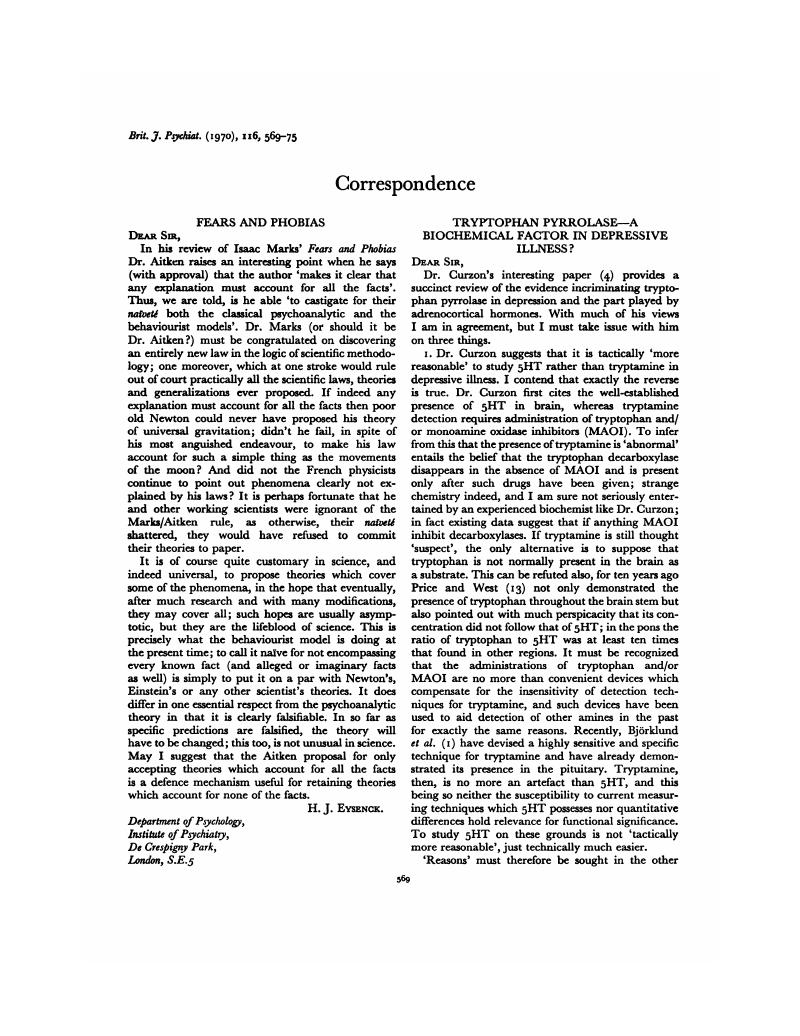Crossref Citations
This article has been cited by the following publications. This list is generated based on data provided by Crossref.
Dewhurst, William G.
1984.
Neurobiology of the Trace Amines.
p.
3.
Schwarcz, Robert
and
Stone, Trevor W.
2017.
The kynurenine pathway and the brain: Challenges, controversies and promises.
Neuropharmacology,
Vol. 112,
Issue. ,
p.
237.




eLetters
No eLetters have been published for this article.